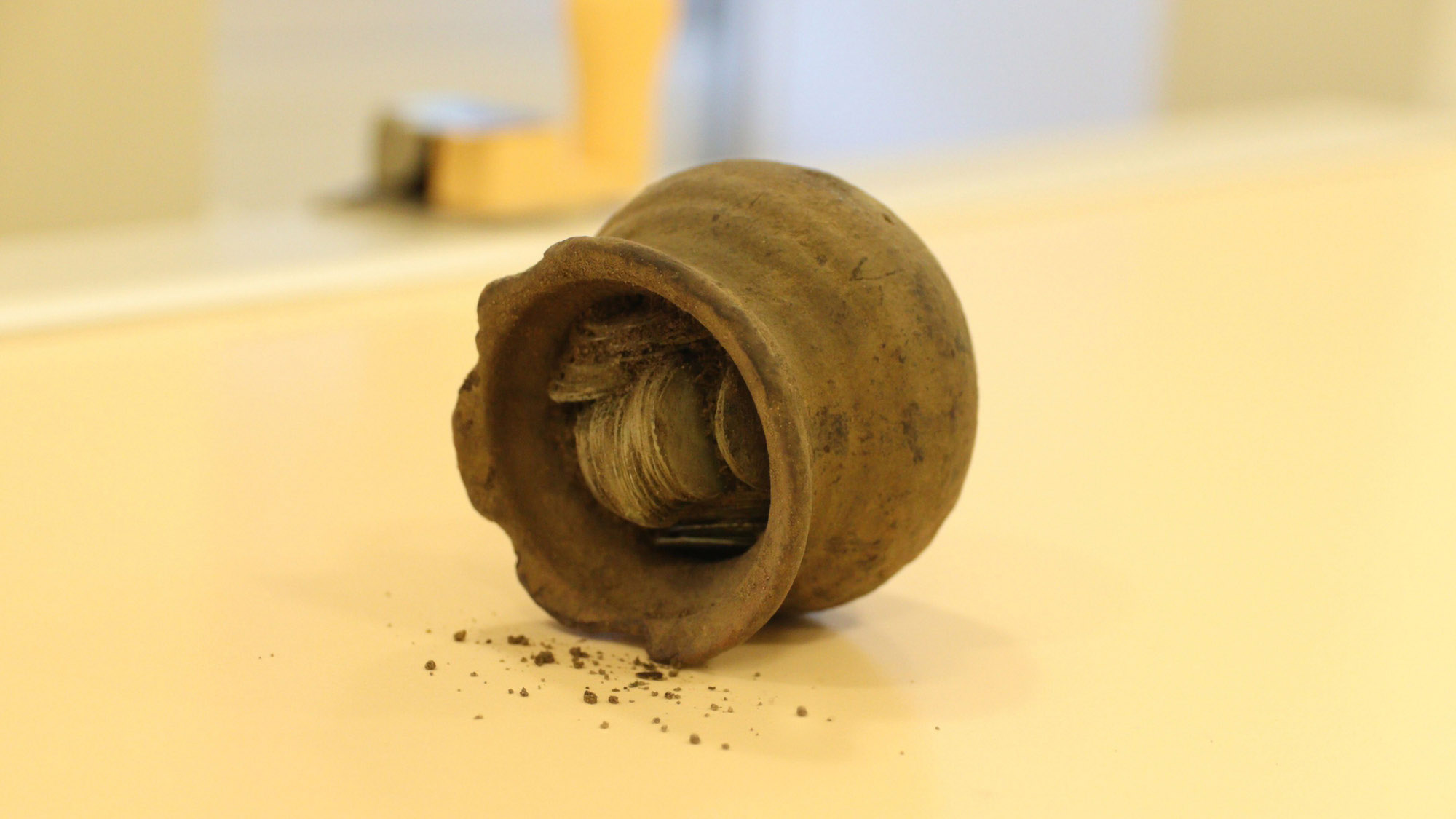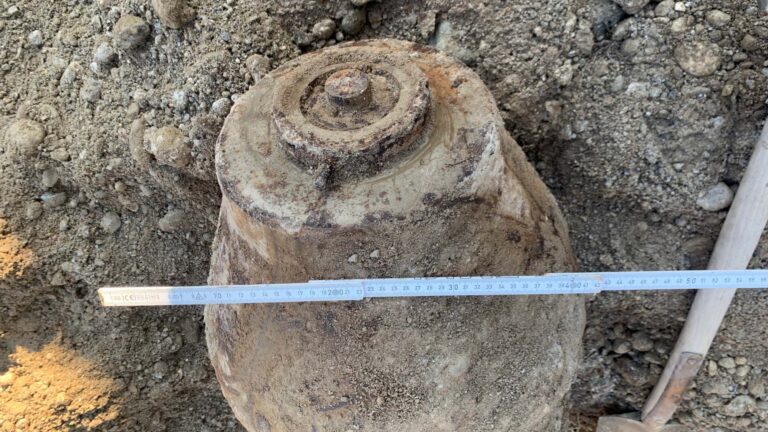Czech archaeologists have unveiled what they are hailing as one of the most significant finds in the country’s recent history of a clay pot containing hundreds of King Wenceslas silver coins – that were dug up by a dog.
The Czech dog walker, who was not named, was passing through some woods with his dog ‘Masa’ who whilst digging around the dirt unearthed the treasure in the village of Usti in the Zlin region of Czechia earlier this month (September).
The dog’s owner picked up the small pot filled with silver coins and immediately felt that Masa had uncovered something very valuable.
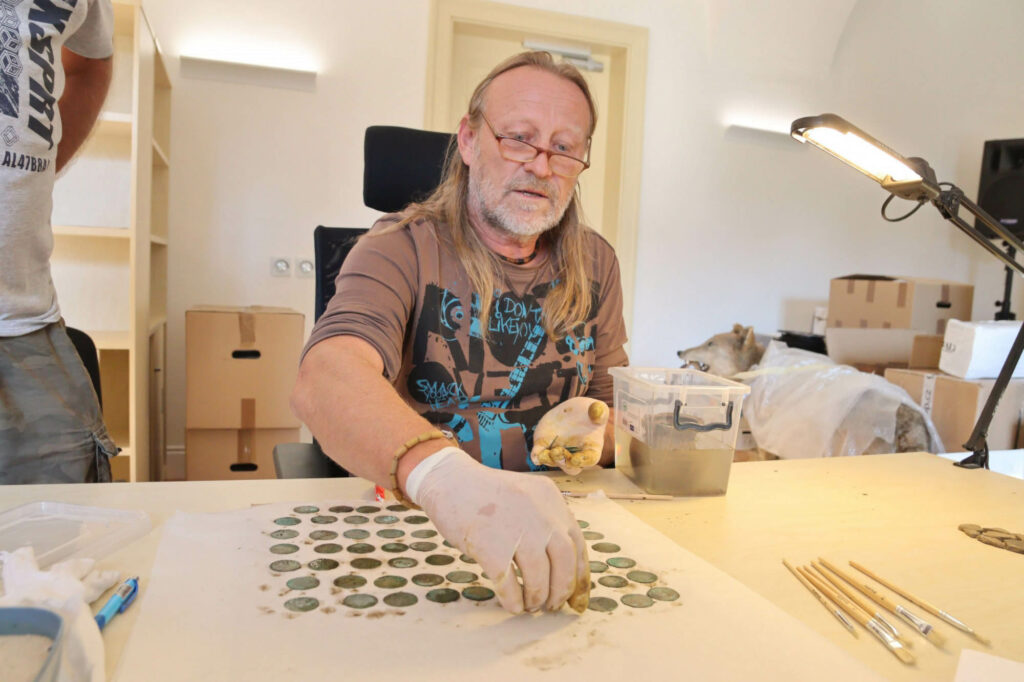
The man decided not to hold onto the coins and handed them over to the Valasske Regional Museum.
The museum said in a statement that they released on Monday (13th September): “One of the most valuable archaeological finds in the history of our region is being investigated by experts from the Museum of the Wallachian Region.”
It went on: “A clay mug full of silver Prague groschen from the 14th century was handed over by a man who discovered the treasure together with friends on a walk with a dog in the village of Usti.”
King Wenceslas II was one of the most important of the Czech Kings and in his time built a great Empire that included taking over the crowns of Bohemia, Hungary and Poland.
Bohemia was the kingdom’s largest producer of silver in Europe at the time, and he capitalised on this by creating the silver penny that has now been discovered in the clay pot. It was to become one of the most important European coins for centuries.
The mine from which it came was found in Kutna Hora in Central Bohemia and the King assumed control of it to make silver production a royal monopoly and then started to issue the Prague groschen or ‘penny’ in English.
The number of coins produced was very high because the Kutna Hora mine was one of the richest European silver strikes ever. Between 1300 and 1340 the mine is estimated to have been generating as much as 20 tons of silver a year.
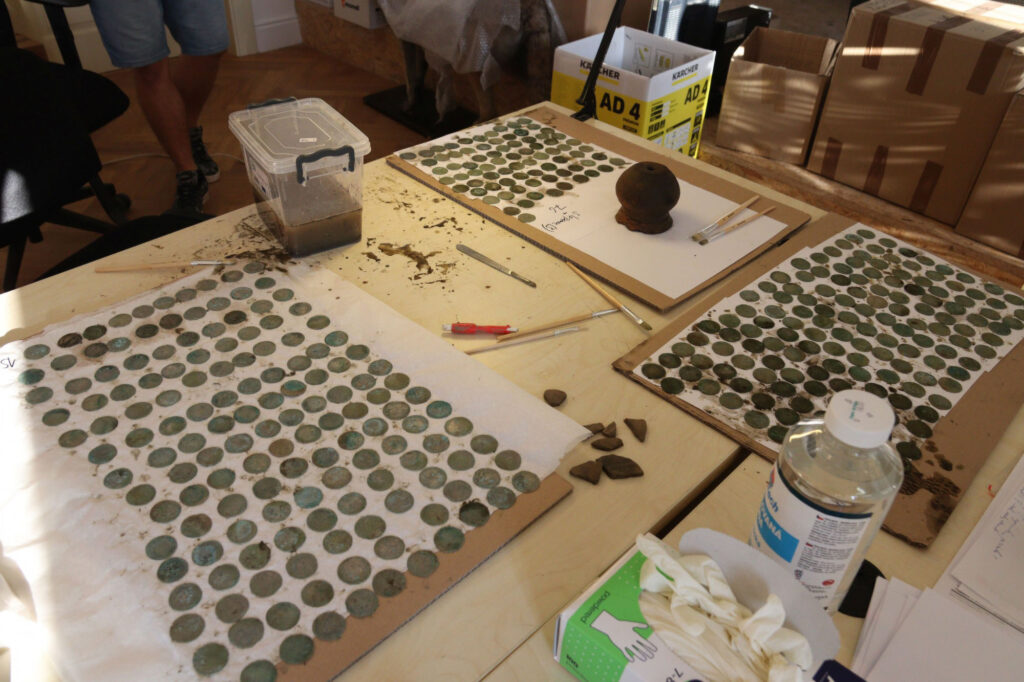
The dog walker that found the coins told the museum: “Masa dug the clay pot from under the ground during a walk. The pot was only buried a few centimetres under the ground.”
He added: “I could see the coins hanging out of the small container which immediately made it clear that it was some sort of ancient treasure.”
Samuel Spanihel, the archaeologist at the museum leading the research into the find, said: “We returned to the site hoping to find more artefacts but there doesn’t appear to be anything else there.”
The museum said that the initial analysis of the coins has shown that the protruding coins were indeed Prague groschen from the second half of the 14th century.
But although they initially believed there were only a few, a CT scan was then carried out on the pot revealed that there were hundreds of other coins below the top layer.
On 8th September the pot was dismantled revealing 374 coins and three other coins that are stuck together and are for this reason not identifiable.
The Prague groschen in the pot were all issued by Wenceslaus II of Bohemia in the 14th century in the Kingdom of Bohemia and became widely used across much of Medieval Europe.
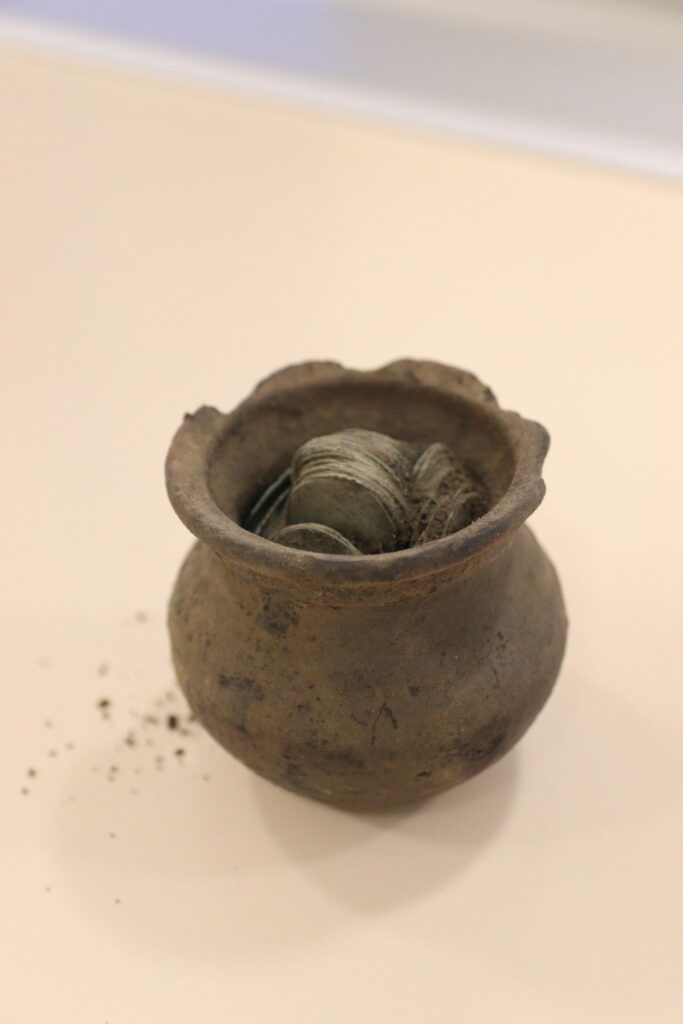
The clay jar with coins from the 14th century found by the female dog Masa in Usti in Czech Republic. 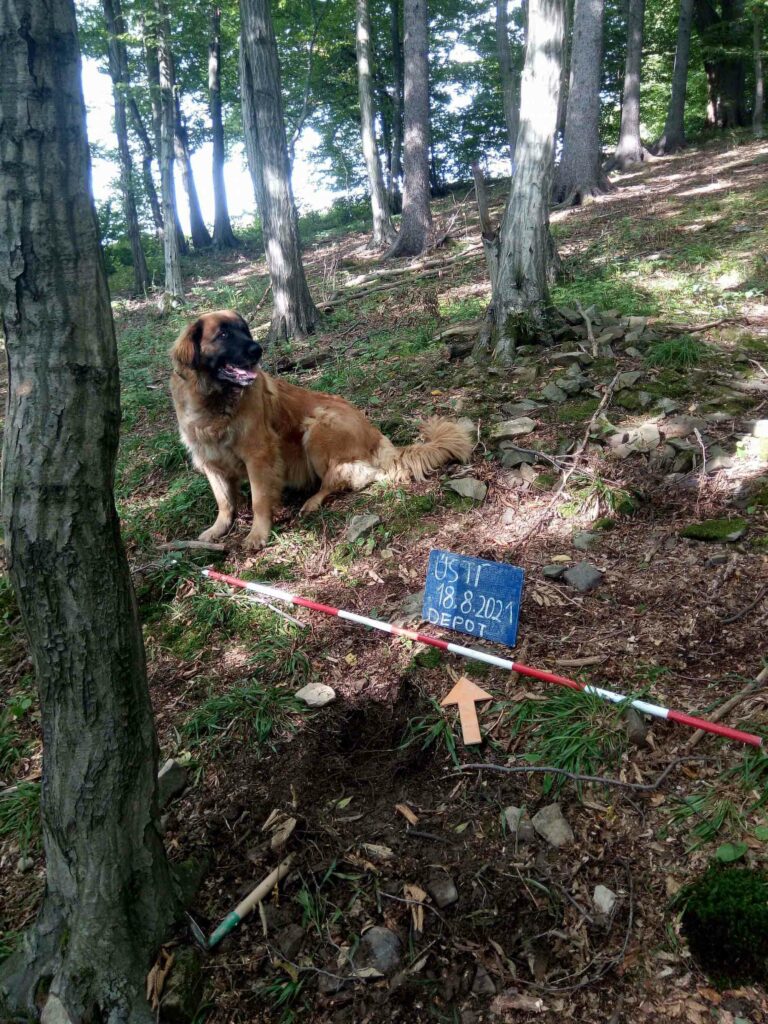
The female dog Masa that found the clay mug full of silver Prague groschen from the 14th century in Usti in Czech Republic.
Spanihel said: “I would like to thank the honest finders for handing over the treasure. They have helped reveal another piece of the region’s history and will also allow the public to see these beautiful coins”
The experts at the museum are continuing their research and they hope that within a year they will have built an accurate picture of the history of the coins.
Once they are finished with their investigation the coins will go on display at the museum.
To find out more about the author, editor or agency that supplied this story – please click below.
Story By: Peter Barker, Sub-Editor: James King, Agency: Newsflash
The Ananova page is created by and dedicated to professional, independent freelance journalists. It is a place for us to showcase our work. When our news is sold to our media partners, we will include the link here.

